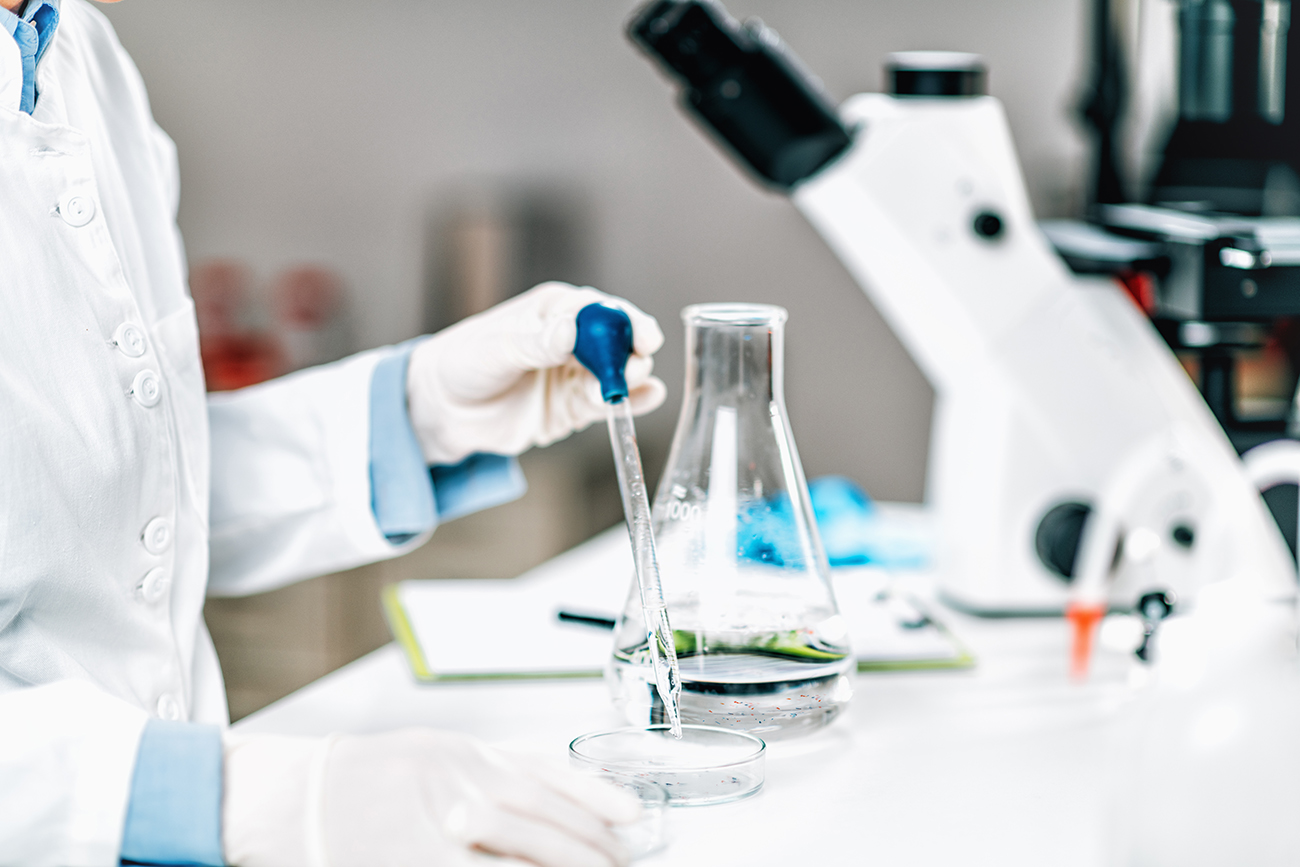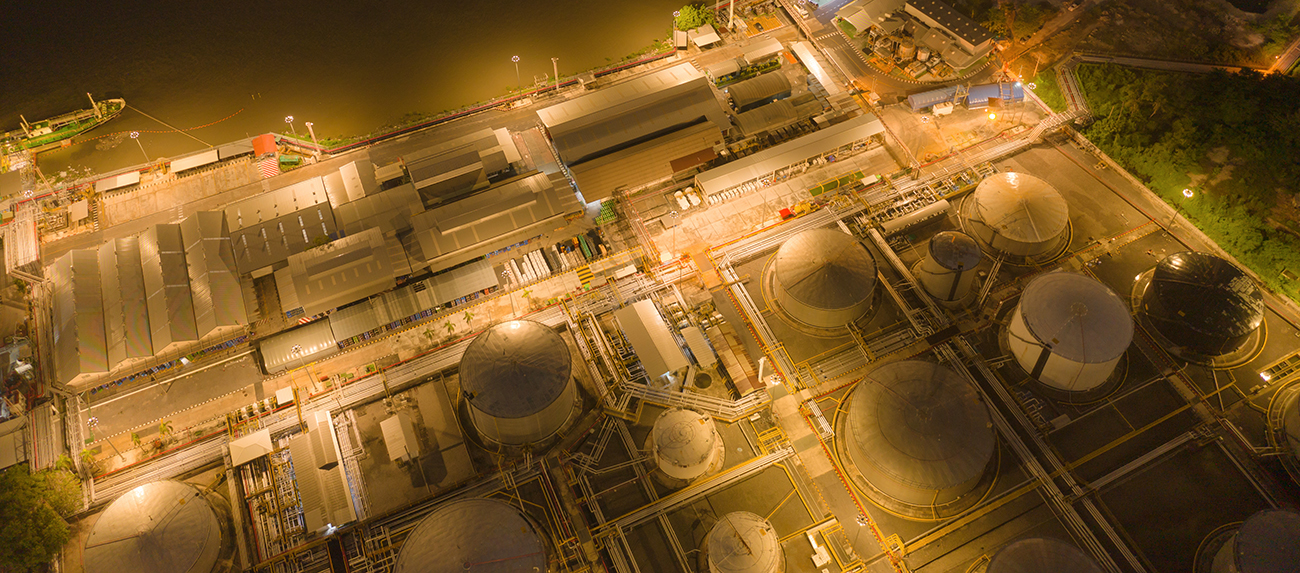Since the outbreak of the Conflict between Russia and Ukraine, Europe has been faced with an energy crisis. The price of oil and natural gas has risen sharply, leading to a significant increase in the production cost of downstream related chemical raw materials.
Despite its lack of resource advantages, The European chemical industry still accounts for 18 percent of global chemical sales (about 4.4 trillion yuan), ranking second only to Asia, and is home to BASF, the world's largest chemical producer.
When upstream supply is at risk, European chemical companies' costs rise sharply. China, North America, the Middle East and other countries rely on their own resources and are less affected.

In the short term, European energy prices are likely to remain high, while Chinese chemical companies will have a good cost advantage as the epidemic in China improves.
Then, for Chinese chemical enterprises, which chemicals will usher in opportunities?
MDI: Cost gap widened to 1000 CNY/MT
MDI enterprises all use the same process, liquid phase phosgene process, but some intermediate products can be produced by coal head and gas head two processes. In terms of the sources of CO, methanol and synthetic ammonia, China mainly uses coal chemical production, while Europe and the United States mainly uses natural gas production.


At present, China's MDI capacity accounts for 41% of the world's total capacity, while Europe accounts for 27%. By the end of February, the cost of producing MDI with natural gas as raw material in Europe increased by nearly 2000 CNY/MT, while by the end of March, the cost of producing MDI with coal as raw material increased by nearly 1000 CNY/MT. The cost gap is about 1000 CNY/MT.
Root data show that China's polymerized MDI exports accounted for more than 50%, including the total exports in 2021 as high as 1.01 million MT, a year-on-year growth of 65%. MDI is a global trade goods, and the global price is highly correlated. The high overseas cost is expected to further enhance the export competitiveness and price of Chinese products.
TDI: Cost gap widened to 1500 CNY/MT
Like MDI, the global TDI enterprises all use the phosgene process, generally adopt the liquid phase phosgene process, but some intermediate products can be produced by coal head and gas head two processes.
By the end of February, the cost of producing MDI with natural gas as raw material in Europe increased by about 2,500 CNY/MT, while by the end of March, the cost of producing MDI with coal as raw material increased by nearly 1,000 CNY/MT. The cost gap widened to about 1500 CNY/MT.
At present, China's TDI capacity accounts for 40% of the world's total capacity, and Europe accounts for 26%. Therefore, the high price rise of natural gas in Europe will inevitably lead to the increase of production TDI cost by about 6500 CNY / MT.
Globally, China is the main exporter of TDI. According to the customs data, China's TDI exports account for about 30%.
TDI is also a global trade product, and global prices are highly correlated. The high overseas costs are expected to further enhance the export competitiveness and price of Chinese products.
Formic acid: Strong performance, double price.
Formic acid is one of the strongest performing chemicals this year, rising from 4,400 CNY/MT at the beginning of the year to 9,600 CNY/MT recently. Formic acid production mainly starts from methanol carbonylation to methyl formate, and then hydrolyzes to formic acid. As methanol is constantly circulating in the reaction process, the raw material of formic acid is syngas.
At present, China and Europe account for 57% and 34% of the global production capacity of formic acid respectively, while domestic exports account for more than 60%. In February, domestic production of formic acid declined, and the price rose sharply.
Formic acid's strong price performance in the face of lackluster demand is largely due to supply problems both in China and abroad, the foundation of which is the overseas gas crisis, and more importantly, the contraction of China production.
In addition, the competitiveness of downstream products of coal chemical industry is also optimistic. Coal chemical products are mainly methanol and synthetic ammonia, which can be further extended to acetic acid, ethylene glycol, olefin and urea.
According to calculation, the cost advantage of methanol coal making process is over 3000 CNY/MT; The cost advantage of coal making process of urea is about 1700 CNY/MT; The cost advantage of acetic acid coal making process is about 1800 CNY/MT; The cost disadvantage of ethylene glycol and olefin in coal production is basically eliminated.

Post time: Oct-19-2022






